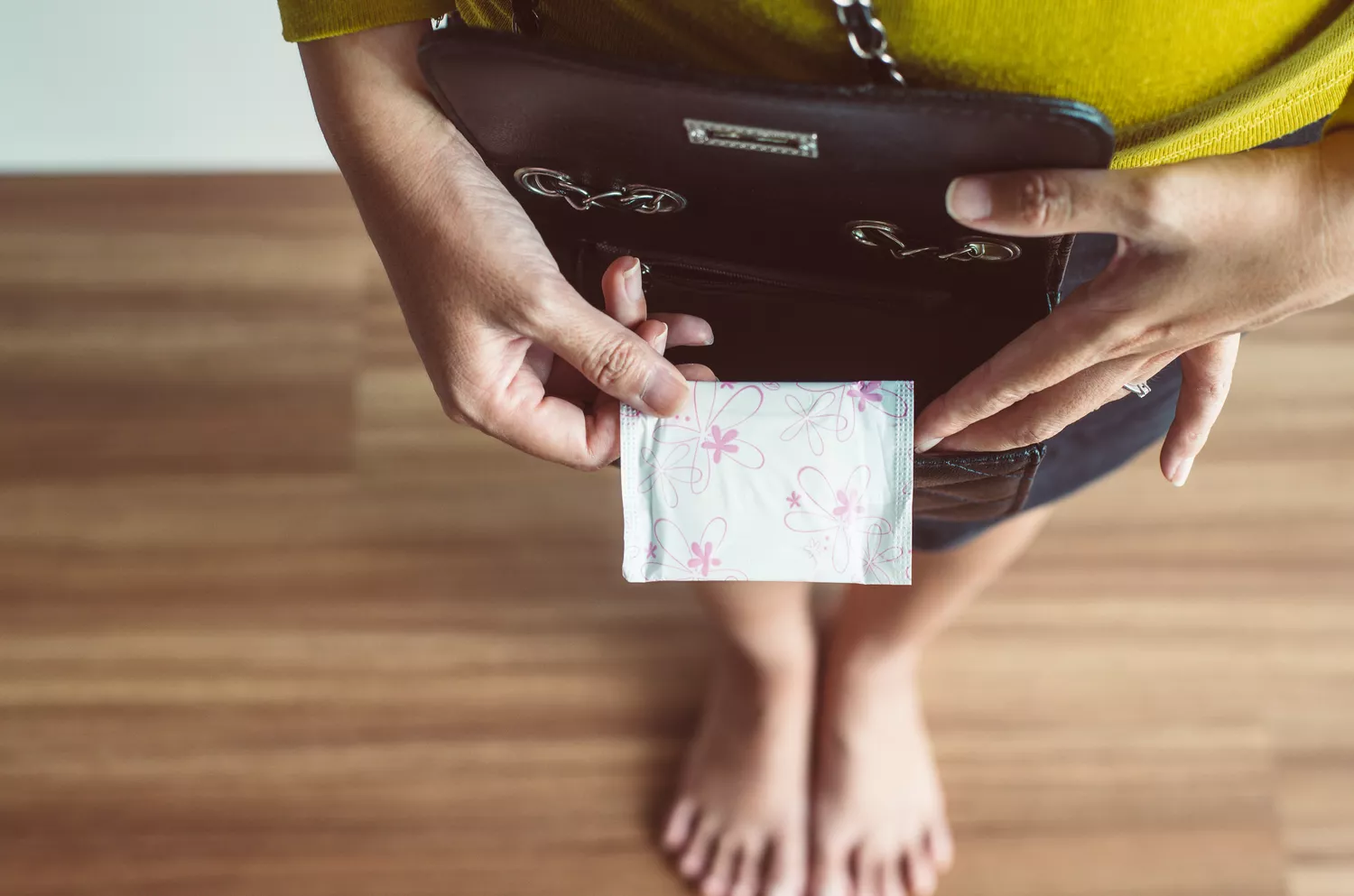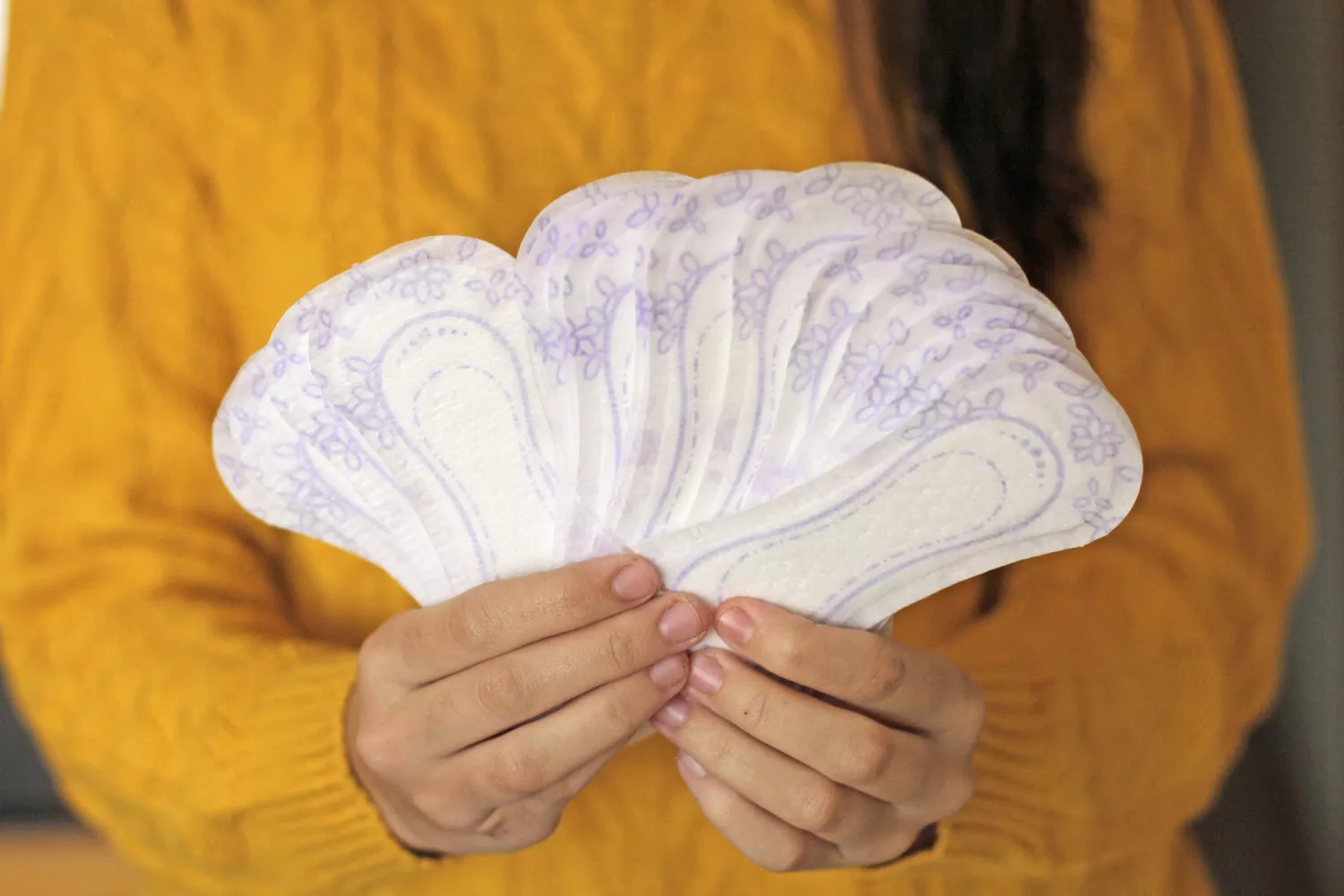Do You Have A Splinter in Your Child? Here’s How To Treat It


The joys of raising toddlers and small children include endless energy, a curious mind, and an occasional mishap. Burns and Cuts are also common.
Experts provide tips on how to deal with splinters calmly and efficiently. They also explain when they may cause parents concern.
Urgent care vs. Emergency Room: Where to go for 8 common kid health emergencies
What are splinters?
Splinters can be sharp pieces of glass, wood, or other materials that get lodged in the skin. Splinters may cause swelling, pain and redness around the area. If not properly treated, they can also cause infections in children.
Jennifer Genuardi M.D. is an internist/pediatrician from Bronx in New York. She says that splinters can be a serious injury for children, particularly during the summer months, when they play outdoors more, do arts and crafts or wear less protective clothing.
Is it OK to leave a splinter in?
The skin’s purpose is to protect us against infection, so any crack in the skin can be a risk. Dr. Genuardi says that if the splinter was made from organic material, the body will dissolve it naturally over time. Other materials embedded in the skin of a child should be removed because they may cause irritation and bumps.
The risk of tetanus can be low, unless the foreign item is contaminated. It is important to check the child’s immunization.
Children can also suffer from other complications besides infection and swelling. If the splinter is left in the skin, it can disrupt other body functions like walking. Some children may limp, even though they have a splinter at the core of their problem.
How to Remove a Splinter
Follow these steps to remove a splinter from your child:
- Wash the affected area. Do not do anything else until you have washed the area thoroughly with antibacterial soap. Be sure to also wash your hands to prevent bacteria from getting into the wound.
- Examine. Look closely at the splinter and its position to determine its direction. Dr. Johns says that you may need a magnifying lens for those that are very small.
- Sterilize your removal tool. Make sure you are using sterile and sanitized tools. Tweezers and needles should be sterile. Dr. Genuardi suggests using an alcohol and flame swab when sterilizing a needle. She suggests cleaning tweezers with rubbing alcohol.
- Grab the splinter. Use tweezers if the end of the fragment is sticking out. Avoid breaking or squeezing the splinter, as this can make removal more difficult.
- Treat the area. Dr. Johns says that as soon as you remove the splinter, disinfect it with hydrogen peroxide or rubbing alcohol, then apply petroleum jelly and cover the area with a band-aid. Replace the bandage after one day. Encourage your child not to scratch or pick at the wound to encourage healing and to prevent rashes.
- Keep an eye on it. Watch for signs of infection such as pus (discharge), or redness around the affected area.
How to Bring a Splinter from the Deep Surface
Use a needle at an angle and gently scrape the skin around the splinter’s end if it is completely submerged. The splinter will be exposed and it will be easier to remove with tweezers.
What else may draw out a splinter?
Epsom salt can be used to remove a splinter if your child is afraid of needles or tweezers. Dr. Genuardi says to dissolve Epsom salt into warm water, and soak the affected area for 10 minutes. The goal is to soften and loosen the skin.
Experts are not convinced by methods such as using honey and sticky tape. “I’ve never seen these two methods work consistently,” says Dr. Johns. The honey method could make the splinter disintegrate and break down, making it difficult to remove. This can be painful.
12 Symptoms of Children You Should Not Ignore
When to Seek Medical Attention for a Splinter
Most splinters are easy to remove at home. However, some situations require medical attention. This is especially true if the splinter has become deeply embedded, difficult to reach or if there is pain. Dr. Genuardi says, “Please seek medical attention if the area becomes red, swollen or tender.” Other signs that medical attention may be needed include bleeding or pus.
The pain caused by a splinter will also decrease after it is removed, but you should still monitor the area. “If the pain increases, it is abnormal and requires evaluation,” says Dr. Genuardi.











